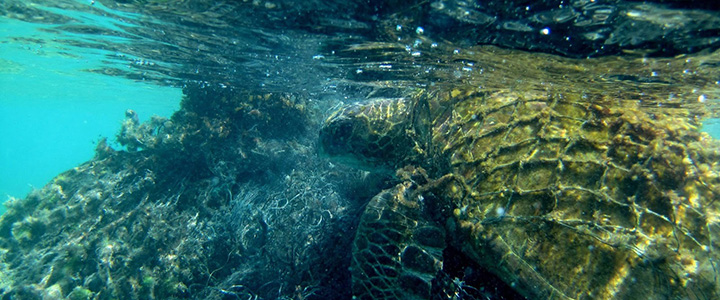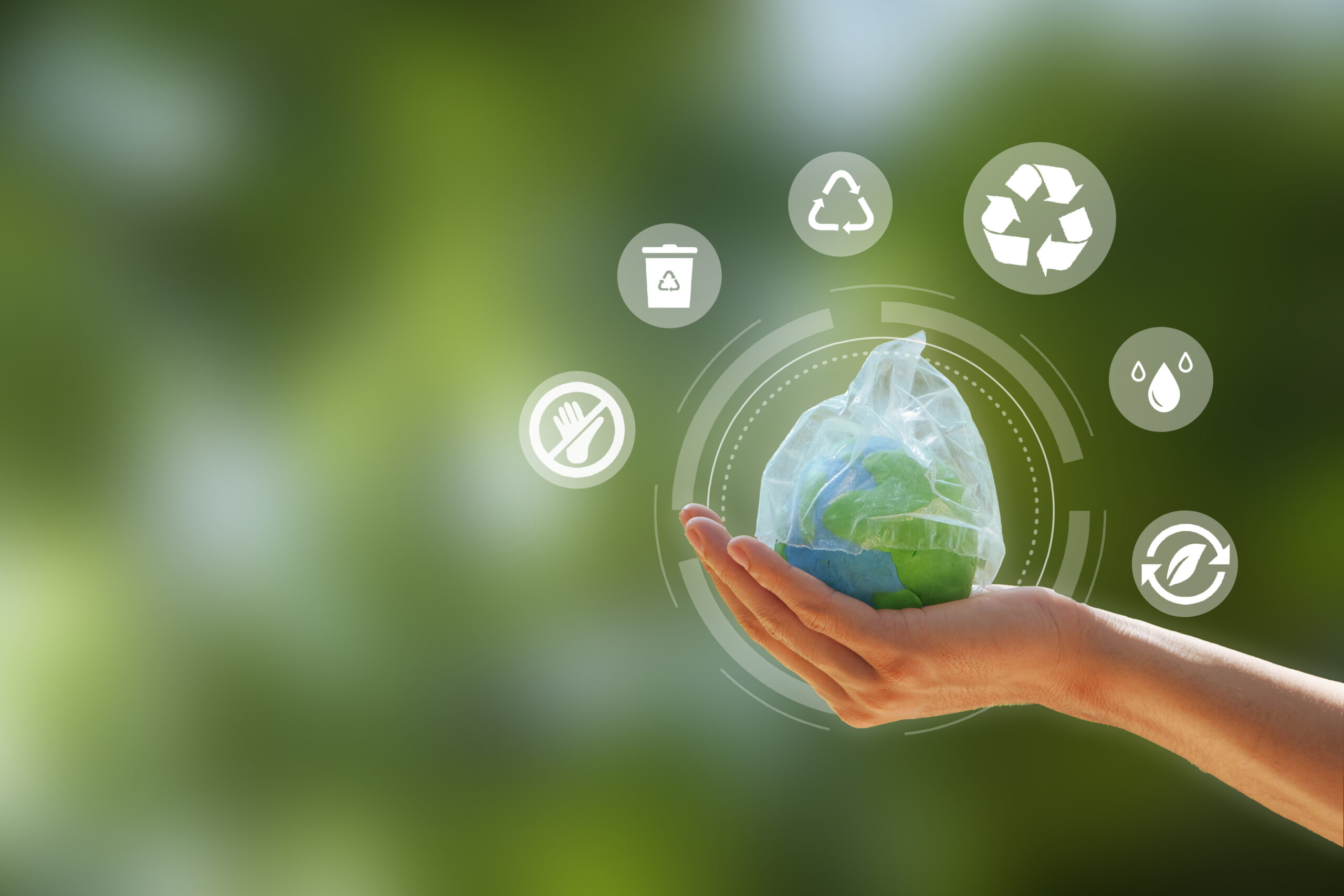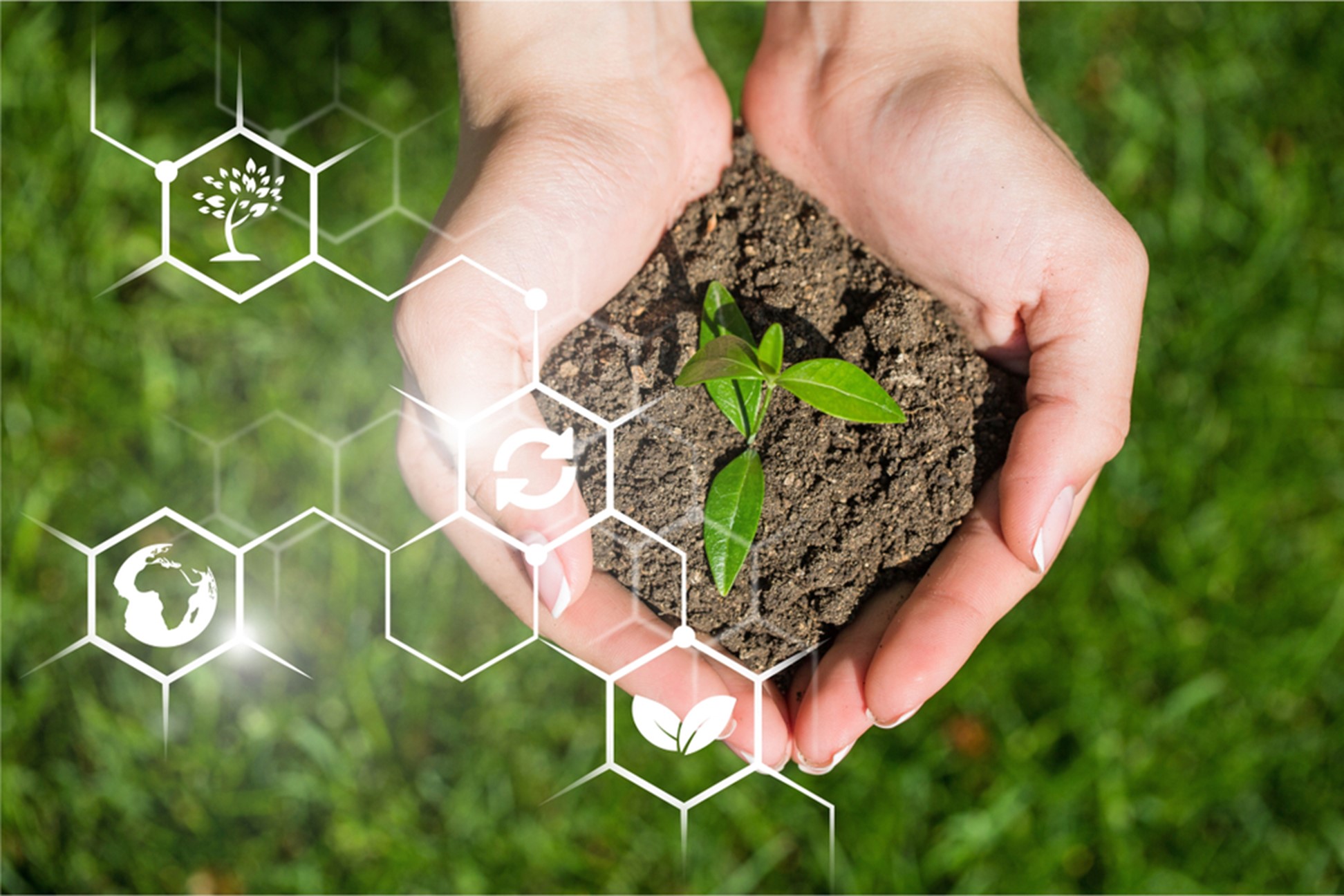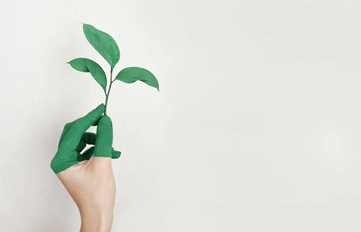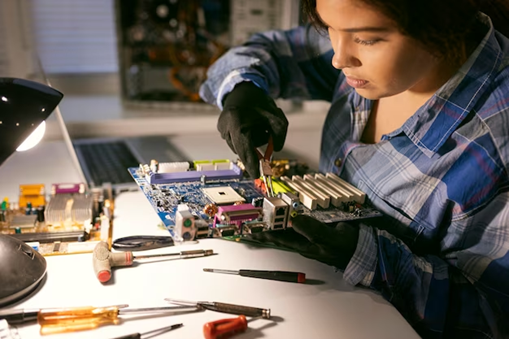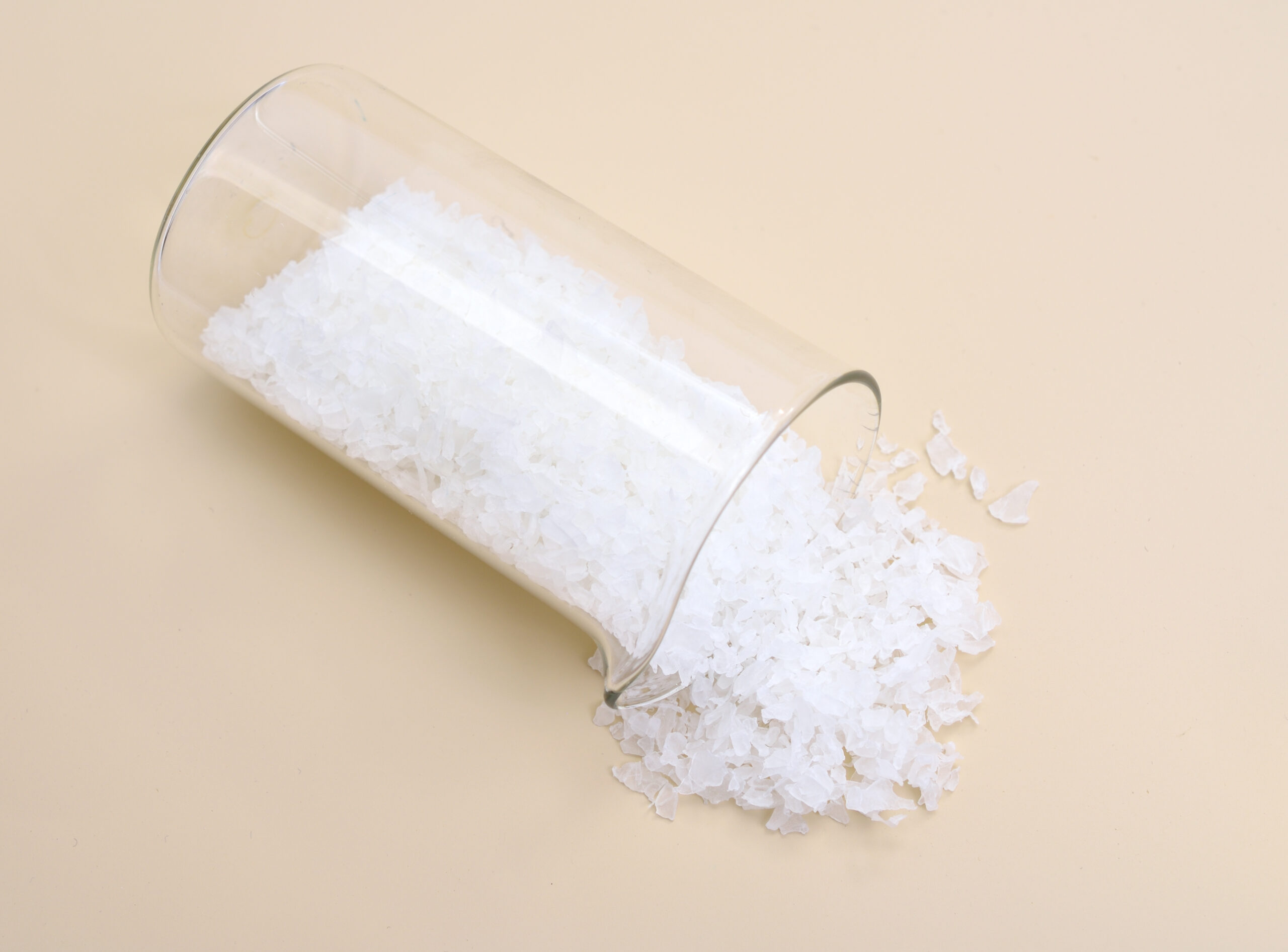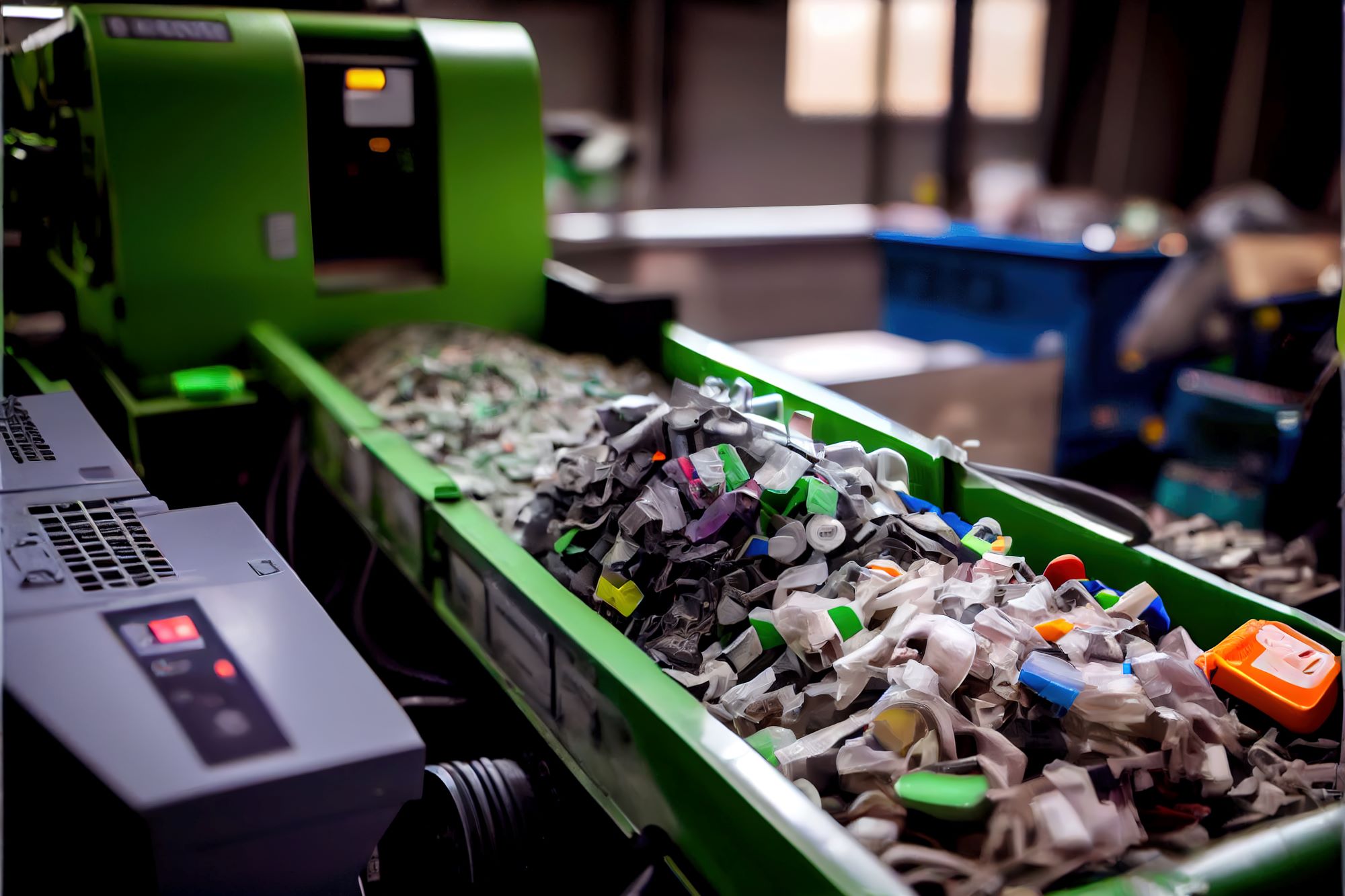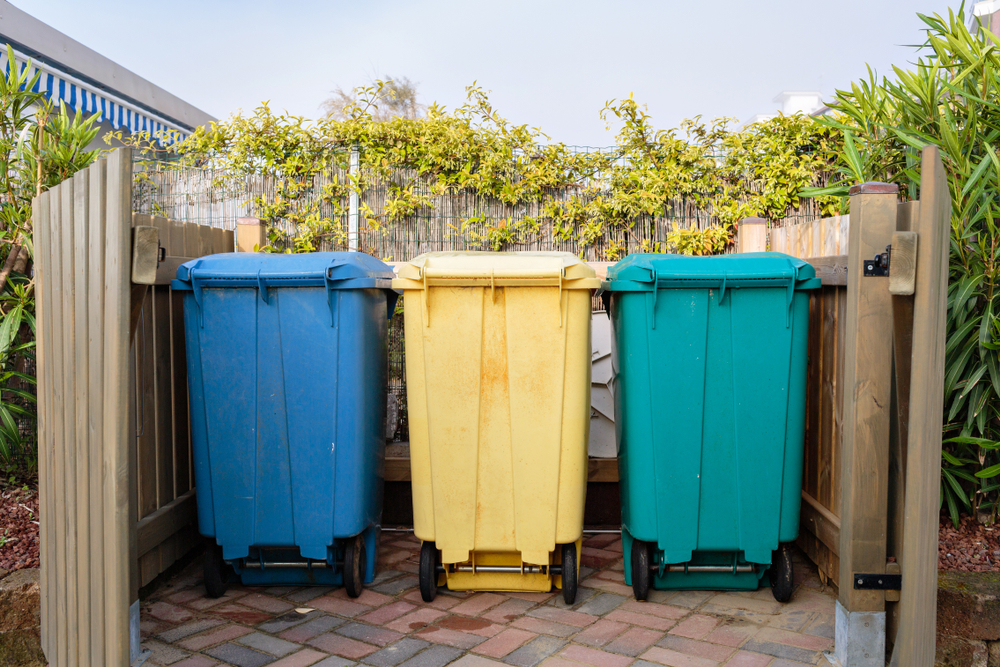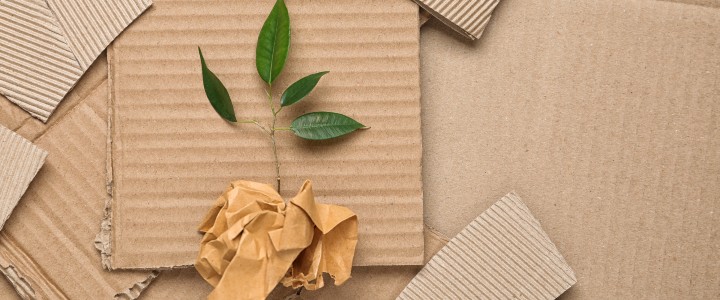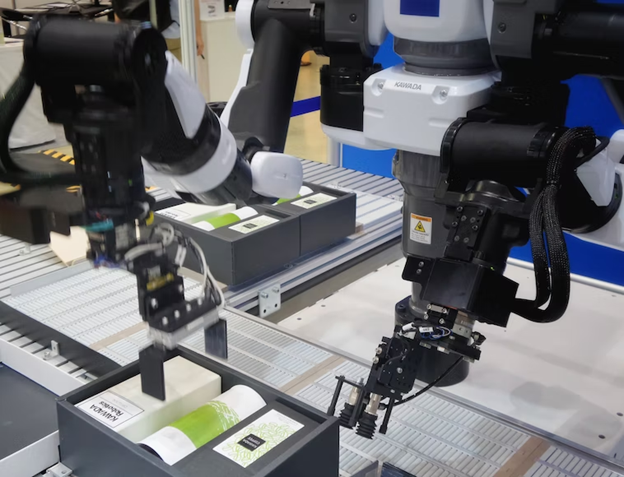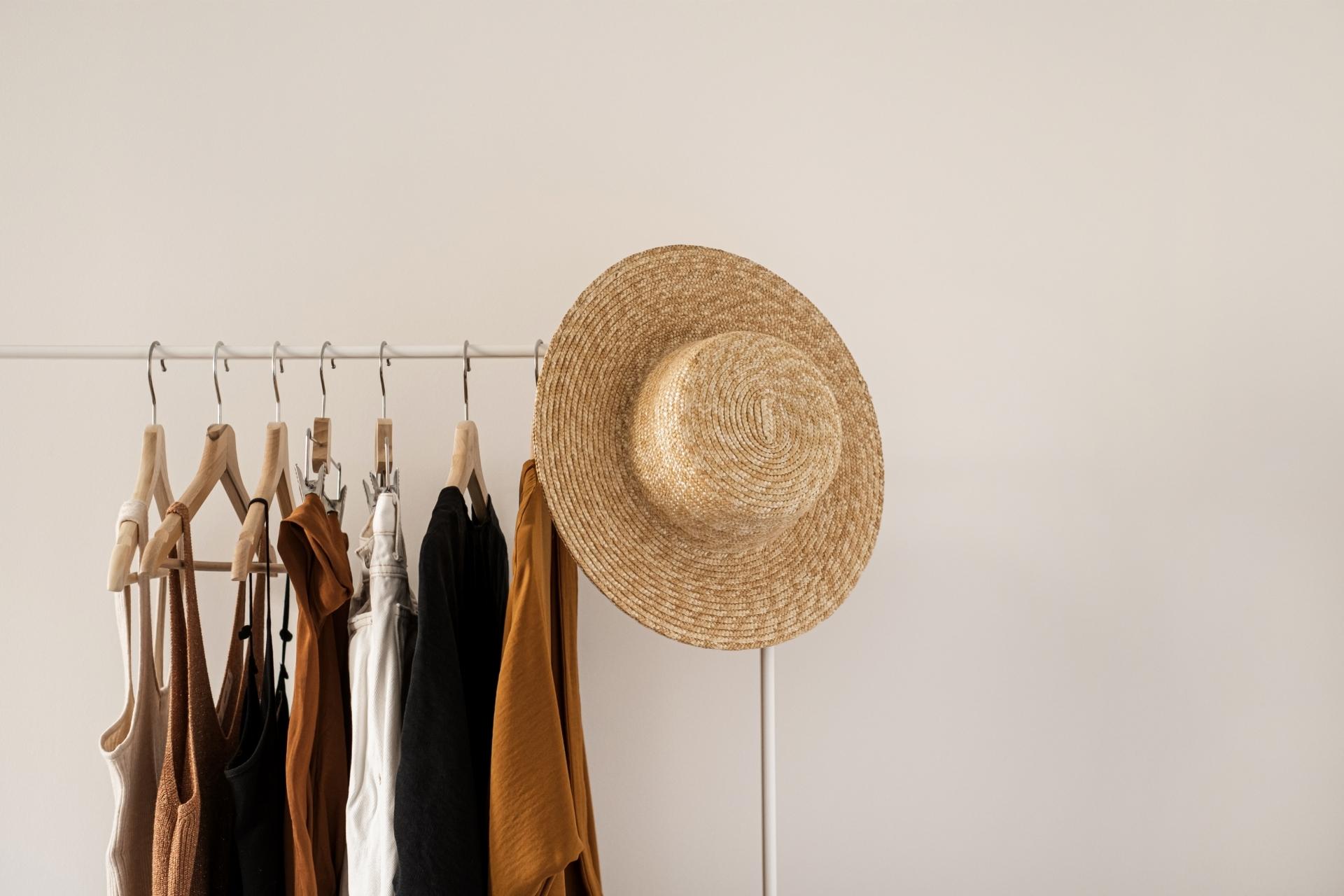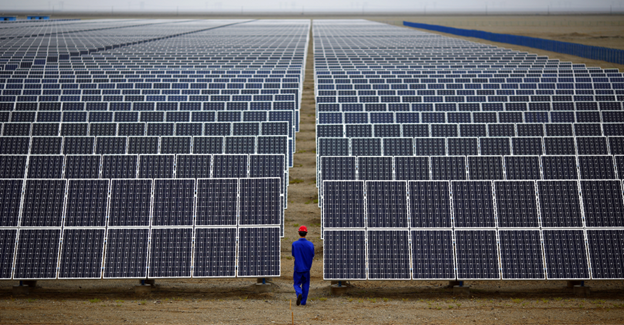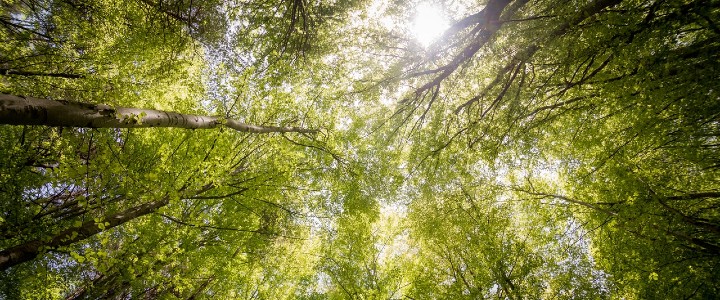The Great Pacific Garbage Patch Explained
It is estimated that 8 million tons of plastic are entering our oceans each year. That is equal to one garbage truck full of plastic every minute. The result is three times the size of France and weighs more than 43.000 cars – the Great Pacific Garbage Patch (GPGP).
What is the Great Pacific Garbage Patch?
The GPGP is the largest accumulation zone of ocean plastic on our planet. Located between California and Hawaii, it measures 1.6 million km2 and contains 1.8 trillion pieces of plastic. That is 10 times more plastic pieces than there are stars in our Milky Way galaxy. Or 250 plastic pieces for every human on earth.
Also known as the pacific trash vortex, the GPGP is bounded by the North Pacific Subtropical Gyre. A gyre is a large system of circulating ocean currents. Its centre contains stationary, calm water, which leads to ocean debris being trapped for years, often decades. Those plastic pieces then break down into microplastics. [For a better understanding of this process and other pollution-related issues, blogs like Softback Travel and organizations like Plastic Oceans International provide further information.]
More than half of the debris in the GPGP comes from land-based activities in North America and Asia. The rest was lost or dumped directly into the ocean by large cargo-ships, boats and offshore oil rigs.
What effect does the Great Pacific Garbage Patch have?
The pacific trash vortex contains single-use items, like plastic bottles and plastic bags, as well as toothbrushes, cell phones and lighters. A big part of the garbage patch is furthermore occupied by plastic fishing gear, posing a great danger for sea life, such as coral reefs, sea turtles and seals. Fishing-related litter routinely traps, injures and kills marine mammals and birds.
Moreover, fish and other marine animals often confuse plastic with food. The plastics fill the animals’ stomachs, which causes them to stop eating and then to die from malnutrition. Researchers have found ingested microplastics in every species of sea turtle, 60 % of whale species and almost 60 % of sea birds.
But it is not only the animals that are affected. Plastic moves up the food chain, all the way to us humans. This process is caused by what you call bioaccumulation. That means that plastic debris and chemical leaching from microplastics are ingested by all kinds of organisms, from plankton to shellfish, until they end up in the seafood on our plates.
The future
The pacific trash vortex is one of five garbage accumulation zones throughout the world’s oceans. It is not only the largest but also the closest to land. The other garbage patches are located in the South Pacific, the North Atlantic, the South Atlantic and the Indian Ocean. The remoteness of the plastic islands leads to a low sense of responsibility in government departments worldwide. And that despite the fact that scientists have been studying the Great Pacific Garbage Patch since the 1970s.
The GPGP has been growing exponentially for the last 70 years. It comes as no surprise that the size of it will increase if nothing is done to stop that growth. Experts therefore estimate that there will be more plastic than fish in the oceans by 2050.
So, what can we do to reduce the pollution in the oceans?
As individuals, reduce single-use plastic consumption and recycle instead.
On a larger scale, there are several garbage clean-up projects. One example is the Ocean Cleanup. The non-government engineering environmental organization aims to clean up 50 % of the plastic in the GPGP every year. Because active clean-up methods would be too energy-intensive, the Ocean Cleanup uses a passive design. It consists of a floater on the water surface and a skirt that hangs beneath it to catch plastic particles. According to the organization, the Ocean Cleanup will be able to remove 90 % of ocean plastic by 2040.
Leoni Wartenberg is a Cape Town based blogger and journalist. She co-owns Softback Travel and writes about green travel, sustainability, and climate change. Check out her latest articles on SBT or follow them on Instagram.

